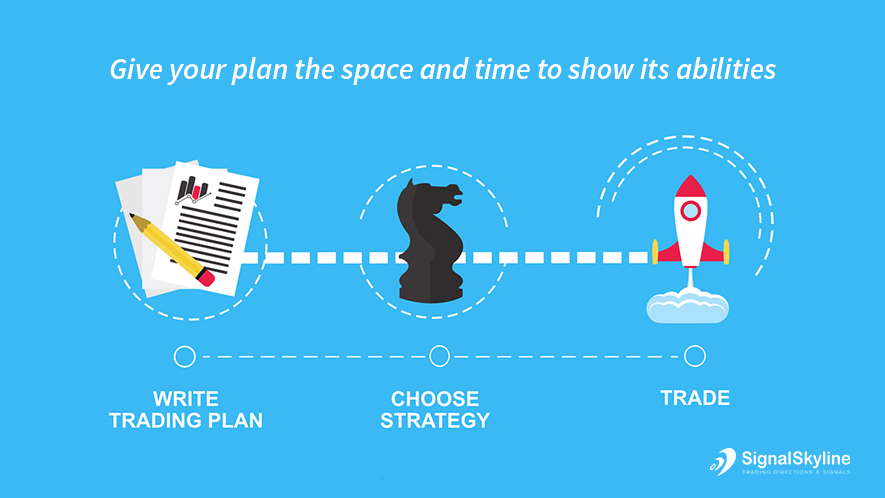If you are just starting out and a little nervous about the market with the information flood that you have probably exposed yourself to, this is the right place for you to be.
Stepping into the world of trading where trillions of dollars are exchanging hands every day, it can get a bit overwhelming. What to do and where to begin are all valid questions and so we have put together a list of 7 dos to give you a solid start.
Start out with money you will not get broke without
Don’t put all your savings into your forex account right from the get go and start trading with all of it. While beginner’s luck might just exist, it is a very high level of risk for an inexperienced trader.
Remember that every trader faces losses, even experienced ones. You will most likely not be an exception to this rule. So, plan with some surplus money that you will not mind losing too much.
Take risk management seriously:
We don’t recommend going in without preparation to test the market out or understand it. When you’re in the beginning phases of your career in forex, it is all the more important to force yourself to manage risks by setting Stop Loss and Take Profit marks. You can start taking more chances as you get the hang of patterns and your own trading personality.

Maintain your own records:
Your trading platform gives you a history of your trades but they are only numbers and graphs. In order to get better you need to remember why you incurred a loss or how you made a profit. You would want to keep records of market trends and patterns.
The best way to do it is in your own words preferably with an analysis of your performance and the influencing factors.
Avoid times when rates are the most volatile:
The beginning of a trading session and the end are usually very fluctuation prone. At the beginning, we recommend you don’t trade at those times. This is because if there’s a chance for profit, there is equally the chance for a loss.

Once you gain a bit of experience you will be able to better predict market movements and strategize accordingly. In the beginning, however, it is advised to play it safe and use the first and last 15-20 minutes or so observing instead of participating.
Be observant and figure out what works for you:
By ‘what works for you’ we mean that you should try out different time slots (if you’re a part time trader) to see which one suits you the best when you can focus on charts the best.
Also, see which currency pairs are the most profitable and fit best with your trading plan. Similarly, traders also have their preferred indicators. You should also see which one is the most accessible to you in that you can understand how it will affect the market.
Be consistent with your strategy
Once you’ve come up with a plan that you think will work for you, don’t abandon it at the first sign of uncertainty. Test it out under different conditions and over a good period of time. If you’ve had three losing trades in a row, it doesn’t mean you will lose the fourth one too.
Give your plan the space and time to show its abilities.

Only your average profit needs to b higher than average loss
If you’re right only 50% of the time, as long as the profit you made those times is higher than what you lost, you’re in the clear. Focus on the averages and the long term. Don’t get panicked by short term losses.
Trading is not gambling, though it might seem like it due to the element of uncertainty and risk. It is really not about individual trades. You need to make it a sustainable earning opportunity for you. To achieve this you need to be observant, analytical, and consistent. Once you are able to get the hang of this, you will see that there is in fact a method to the madness after all.

No responses yet